ARAID MP300: Two Hot-Swap Drive Slots In A 5.25-inch Bay
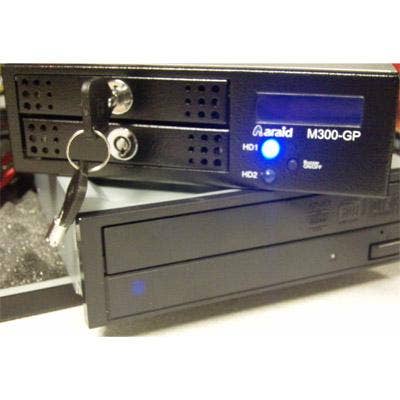
Two Is Better Than One
In March, the CRN Test Center recommended the ARAID 3500, a hot-swap enclosure that converts two 3.5-inch hard disk drives into a RAID 0 or 1 array but appears to the host system as a single hard drive. It works on Linux, Mac OS X, Windows and embedded systems without drivers of any kind.
Here, we're covering the ARAID M300-GP, which does the same thing for 2.5-inch drives, and fits into a single 5.25-inch drive bay (the 3500 uses two). The $395 M300 provides a pair of drawers, each of which accepts a 2.5-inch SATA II drive. As soon as s second drive is installed, the ARAID immediately creates a RAID 1 array and copies the contents of the primary drive (in the upper drawer) to the secondary drive below.
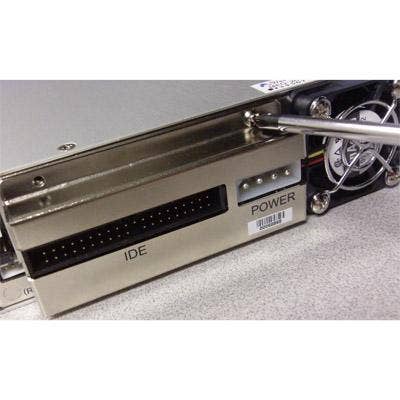
IDE Disguise
From the rear, the MP300 looks more or less like a standard 5.25-inch IDE peripheral, and works like one too. It plugs into the old-style 40-pin IDE rectangular connector and four-pin Molex power connector. But the clever design of the MP300 implements IDE as an adapter, a secret that's exposed with the removal of a couple of screws.
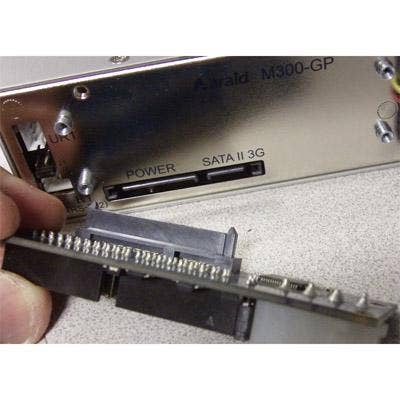
SATA Secret Revealed
Four more screws hold the SATA-to-IDE interface adapter in place. Once removed, the MP300's true SATA II identity is revealed. The SATA II specification offers a maximum theoretical transfer rate of 3 Gbps (3G), but actual performance is usually much slower. The left side of the rear panel is also home to a 3-pin RS232 port, 4-pin USB port and jumpers for RAID 0 and 1 selection. There's also a 4cm fan to help keep things cool inside the two-drive case.
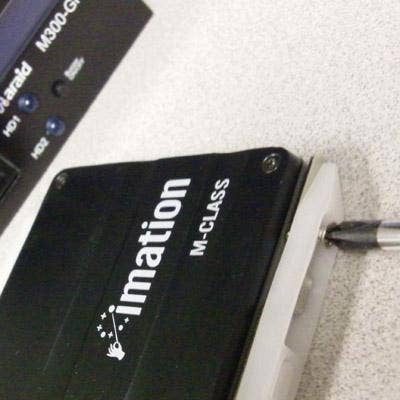
Install The Drives
Testers installed a 128-GB SSD drive into one of the MP300's two drive drawers using the included screws. Only a single drive is required to begin using the unit and populating the hard drive with data; as soon as a second is added, the ARAID system immediately begins replicating the data. Either way, the ARAID is seen by the host system as a single SATA drive; no special drivers are required.
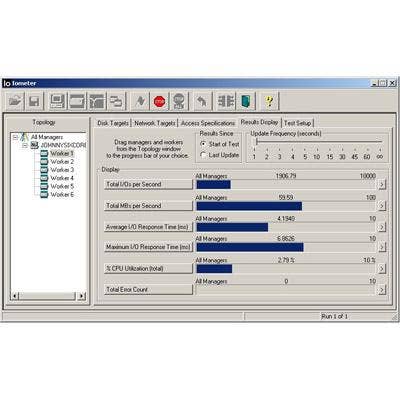
Speed Kills
Accordance claims that its hot-swap ARAID systems are indifferent to the removal of either of its drives, once they're in sync. To validate this claim, we used IOmeter to monitor drive activity and test performance of the two-drive RAID 1 array, which was made up of 128-GB solid state drives from Corsair and Imation.
First we measured transaction processing and throughput performance of a single drive. The maximum numbers were 1906 IOps and 59.59 MBps. Then we added a secondary drive and waited for it to be populated with the primary drive's data, which took about a half-hour and did not effect the host system's performance. Nor was drive performance effected when either the primary or secondary drive was removed (one at a time, of course).
When the need is for a simple, automatic hard drive backup system for literally any IDE- or SATA-compliant system, the CRN Test Center recommends the $395 ARAID MP300 from Accordance Systems.